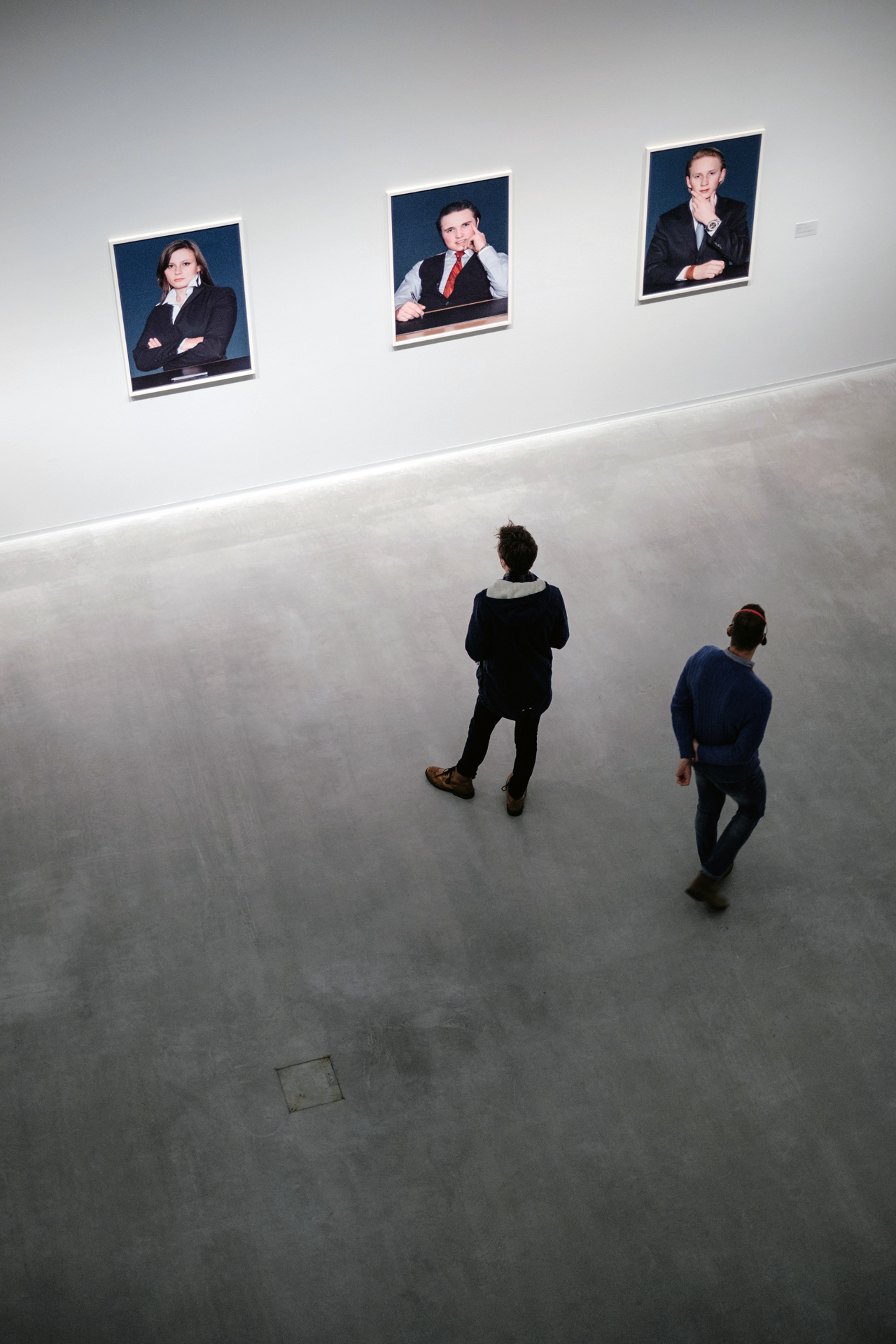Berman Ric: "The Foundations of Modern Freemasonry: The Grand Architects - Political Change and the Scientific Enlightenment, 1714-1740"
The study of the controversial origins of freemasonry has attracted increasing academic and popular attention in recent decades. For instance, in David Stevenson's The Origins of Freemasonry: Scotland's Century, 1590-1710 (1998), Margaret Jacob's The Origins of Freemasonry: Facts and Fictions (2006). In his doctoral thesis entitled 'The Architects of Eighteenth-Century English Freemasonry, 1720-1740' (University of Exeter, 2010), Berman sought to re-examine this well-studied phase of British freemasonry. Having compared the thesis to the book under review, the two are essentially the same apart from some minor modifications such as the rearrangement of some sections, the title and the addition of portraits. Although this is the first book by the author, he bravely questions and refines the interpretations of noted authorities on the subject.
Berman aims to
illuminate both academics and his fellow freemasons about the
eighteenth-century political and social origins
of English freemasonry by drawing on largely unexplored primary sources,
many of which have recently become available in digital archives. Following in
the footsteps of Margaret Jacob, he provides strong evidence for the
pro-Hanoverian and Whig affiliations of many influential freemasons who had
close associations with the government.
Berman's first chapter
sheds new light on the so-called 'transition theory' con- cerning the evolution
of freemasonry from the emergence of the medieval
operative lodges to the 'spiritual' or 'speculative' (the distinction between the two is not defined) 'Free and Accepted Masonry' of
the early eighteenth century. This ancient debate in the historiography of
freemasonry entirely depends on the definitions of the terms 'freemason(ry)'
and 'speculative'. The author
contends that the formation of Grand- Lodge
Freemasonry cannot be regarded as a revival
or natural extension of the seventeenth-century 'Acception'. His second chapter
concentrates on the background and education of John T. Desaguliers, the self-promoting 'Homo
Masonicus'. Berman's image of
the prime mover of institutionalized
freemasonry clearly differs from that of Audrey
Carpenter in her recent book on the Newtonian physicist: John Theophilus Desaguliers: a Natural
Philosopher, Engineer and Freemason in Newtonian England (Continuum, 2011).
Berman's third chapter,
which is undoubtedly the most innovative
and ground-breaking part of the book, investigates the careers and political connections of Desaguliers' masonic
collaborators and examines for the first time the extensive networks of the London magistracy, especially the
members of the Westminster and
Middlesex benches. Berman identifies a number of magistrates as freemasons and
argues that the pro-Hanoverian and
pro-establishment facets of Grand LodgeFreemasonry were crucial
to its success (p. 93). The following
chapter sheds new light
on the well-known connections between the Royal Society and freemasonry. It also considers how the members
of other professional societies such as the Royal College of Physicians and the Society of Antiquaries were involved in this pro-Whig
masonic nexus. He then looks at how the personal, governmental and military networks
of the aristocratic Grand Masters
influenced and shaped the public image of the fraternity. Berman's last chapter is
concerned with the contribution of freemasonry to the 'scientific Enlightenment' by analysing how Desaguliers
popularized Newtonian science in private lectures
and demonstrations.
Berman joins
those eighteenth-century scholars
who prefer to place a defining adjec- tive before
the general concept
of the Enlightenment. These days it is fashionable to talk
about, among many others, Benedictine, Arminian, Super and Citra Enlightenments. I have some reservations about Berman's own invention, 'the scientific Enlightenment', especially when it is used in the context
of the British Enlightenment. Due to the work
of Roy Porter, Margaret Jacob, John Gascoigne and Paul A. Elliott, just to name but a few, we
know that science and (the) Enlightenment were strongly interwoven in
eighteenth-century Britain. The new scientific methods and discoveries, popularized by the heroes of
this book such as John Desaguliers and Martin Folkes, essentially contributed to and became an integral
part of the culture of the Enlightenment.
The author
provides brief biographies of many well-known and lesser-known free- masons such as George Payne. At certain
points the reader has the feeling that s/he is reading a biographical dictionary. When reconstructing the memberships of masonic,
scientific, judicial, intellectual and military networks, the author sometimes
gets bogged down in unnecessary details. I would suggest providing elaborate
accounts of what family members inherited
according to the wills of freemasons such as Payne (p. 74) is irrelevant to the overall
argument of the book.
In the appendices, we
find useful information for further research such as the list of military
lodges and the masonic membership of selected professional societies. It would
have been helpful if the first appendix on the Grand Officers of the Grand
Lodge of England, 1717-40 had also included lists of the Senior and Junior
Grand Wardens, Grand Treasurers and Grand Secretaries of the period.
Berman's book is not
devoid of typographical errors or inaccuracies, for instance, David Stevenson's name is misspelled five times (pp. 65-66, 321) and the precise title of
Andrew Prescott's farewell
lecture given at the University of Sheffield in 2007 is 'A History of British Freemasonry,
1425-2000' (p. 9). As regards the format, the layout of the text and the
reproduction of the images are of a high quality. However, there are some sections (e.g.
William Jones and William Stukeley) that start with a one-line half sentence at the very bottom
of a page (p. 107) which is unfortunate from a layout perspective.
Overall, this thoroughly-researched and well-written book contributes considerably
to the contextualization of early English freemasonry in the broader
political, social and scientific milieu. Berman's work,
based on his doctoral thesis,
is not meant to be an
introduction to the study of English freemasonry. Still, it will be an indispensable work on any university course on the subject, especially at graduate level, and should be required reading
for amateur masonic
historians in order
to dispel the long-established
myths about the apolitical and neutral nature
of their fraternity.
© Equinox Publishing Ltd 2014.

